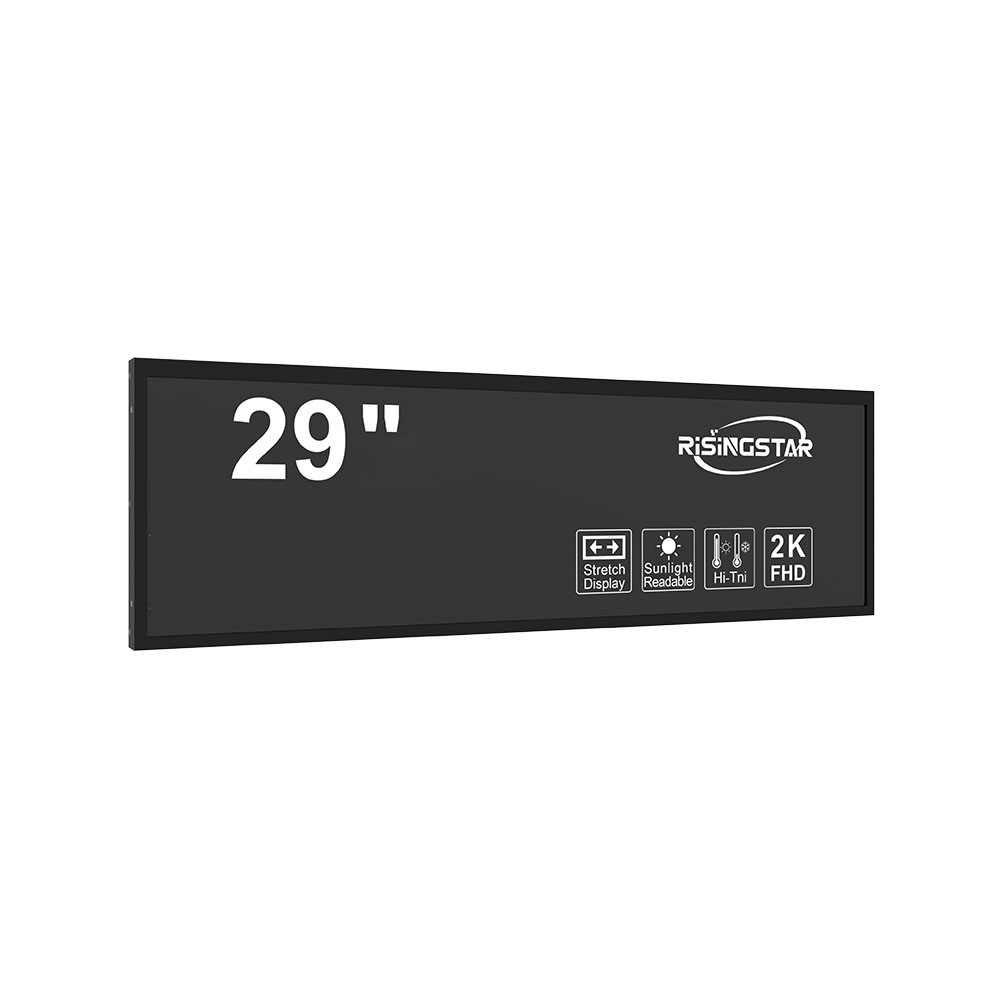- Home
- About Us
- Products
- News
- Video
- Contact
- Send Inquiry
Search
- Home
- About Us
- Products
- News
- Video
- Contact
- Send Inquiry

High-brightness sunlight-readable LCD screens are engineered to deliver clear, readable displays under intense ambient lighting conditions such as direct sunlight—commonly found in outdoor applications like military vehicles, industrial control panels, transportation systems (e.g., buses, trains), and public information kiosks. Unlike standard LCDs that often become illegible in bright environments due to poor contrast and low luminance, these specialized displays achieve brightness levels exceeding 5,000 nits, with some advanced models reaching up to 10,000 nits. This performance is achieved through a combination of advanced backlighting technologies (such as high-efficiency LED arrays), anti-glare coatings, polarization filters, and optimized pixel structures.
A critical component of sunlight-readable LCDs is the use of transflective liquid crystal technology. Unlike traditional transmissive LCDs that rely solely on backlighting or reflective LCDs that depend on ambient light, transflective displays utilize both modes—reflecting ambient light during daylight and switching to backlighting at night. This hybrid approach improves power efficiency while maintaining visibility in varying lighting conditions. According to industry data from Display Daily and market research by IDTechEx (2023), the global demand for transflective and high-brightness LCDs has grown by over 12% annually since 2020, driven by defense, aerospace, and smart city infrastructure projects.

Another key innovation lies in the use of active matrix OLED (AMOLED) and IPS (In-Plane Switching) panel architectures. These technologies offer superior viewing angles, color accuracy, and faster response times compared to older TN (Twisted Nematic) panels. For example, in military applications such as the U.S. Army’s Future Vertical Lift (FVL) program, manufacturers like Eizo and CMO Group have integrated 7,000-nit AMOLED-based sunlight-readable displays into cockpit HUDs (Head-Up Displays), significantly enhancing situational awareness in combat zones.
Manufacturers also incorporate ruggedized design elements such as IP65/67 dust and water resistance ratings, shock absorption, and wide operating temperature ranges (-30°C to +70°C). These features ensure reliability in extreme environments—from desert heat to arctic cold—making them ideal for use in oil rigs, mining equipment, and emergency response vehicles. Case studies from companies like Panasonic and Sharp highlight their successful deployment in Japanese bullet trains and European airport passenger information systems, where display clarity directly impacts safety and user experience.
Moreover, energy-efficient design is becoming increasingly important. Modern sunlight-readable LCDs employ dynamic brightness adjustment algorithms that reduce backlight intensity when ambient light decreases, extending battery life in portable devices. This feature is especially valuable in remote field operations or solar-powered IoT devices. The IEEE Standards Association has published guidelines (IEEE 1819-2022) for evaluating the photometric performance and environmental resilience of such displays, further standardizing quality across global supply chains.
In summary, high-brightness sunlight-readable LCD screens represent a convergence of optical engineering, materials science, and system-level integration. Their increasing adoption in mission-critical sectors underscores their role not just as display solutions but as essential components of resilient, human-centered technological ecosystems.